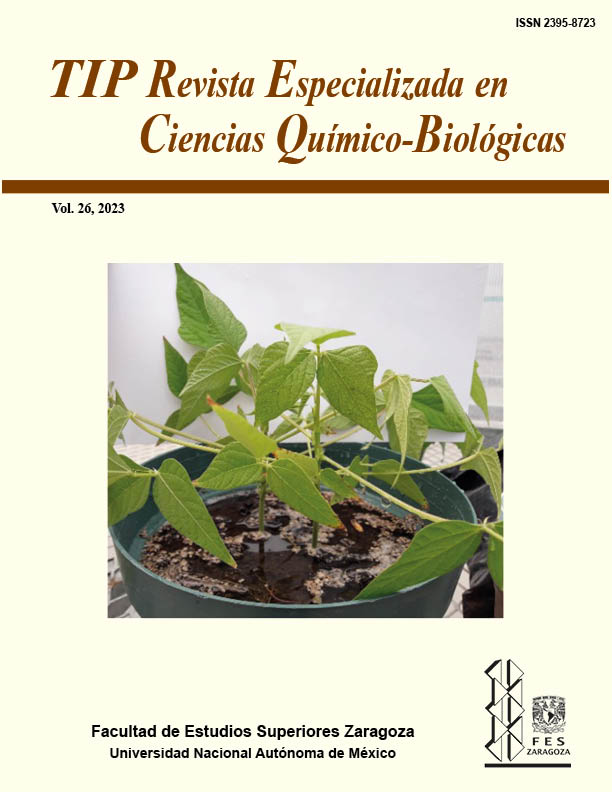Abstract
Recently, lytic enzymes encoded by bacteriophages or phages (endolysins) have been proposed as an alternative to combat pathogenic bacteria. The antibacterial character of these enzymes results from their ability to hydrolyze peptidoglycan activity, which composes the bacterial cell wall. Endolysins are characterized by a narrow spectrum of action, rapid bactericidal effect, low probability of bacterial resistance, harmlessness, and effectiveness against antibiotic-resistant pathogens. Thanks to sequencing platform accessibility and massive data analysis, many endolysin-encoding genes have been identified within phage genomes. Moreover, their bactericidal activity can be enhanced by manipulating their functional domains through protein engineering. Notably, this manipulation can broaden their bactericidal spectrum against Gram-negative bacteria, which are mostly insensitive to their effect. The fusion of peptides capable of permeabilizing the outer membrane has expanded the application of these endolysins against pathogens of critical priority. There are research groups worldwide with outstanding developments and patents with this technology. However, in Mexico, it is a line of research little explored. With this work, we intend to disseminate this new generation of antibacterials.TIP Magazine Specialized in Chemical-Biological Sciences, distributed under Creative Commons License: Attribution + Noncommercial + NoDerivatives 4.0 International.



